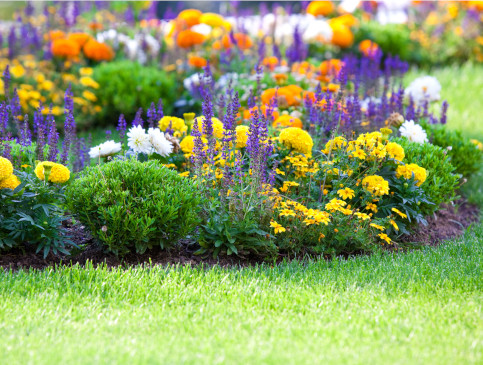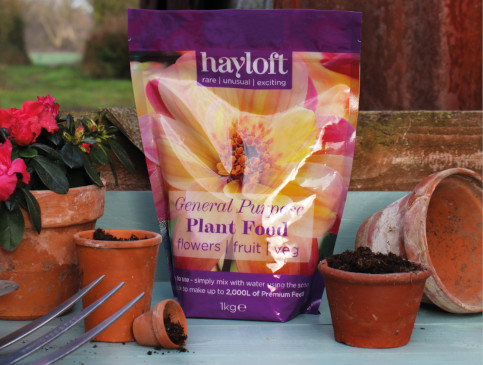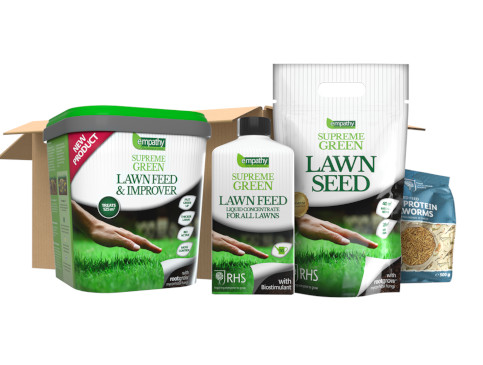How to Keep Lawns Looking Healthy
How to Keep Lawns Looking Healthy

It is too easy to neglect your lawns especially during spring and summer months, as there is often much to do within other areas of the garden, especially amongst our flower beds and borders. We desire plentiful colour with the aim to construct a marvellous display of plants, and often think the grass will take care of itself. It is important that we take proper precaution with our lawns, so that we achieve an overall result of health and grandeur in the garden. Here are a few pointers in order to achieve a healthy looking lawn:
Regular Mowing
This is a task that most of us will undertake regularly over spring and summer and is an essential task that will keep our lawns in good health. However, we should also mow our lawns regularly in the cooler months. This not only makes it an easier task in late spring but will keep the ground healthy, by providing proper aeration. Just take note that you may wish to raise the level of your mower to provide a light trim as the ground may be quite damp and will clog up the inside of your mower.


Watering
We must remember that our lawns are much the same as our plants. They will also require thorough watering in order to thrive and grow, especially in periods of intense heat and drought. Failing this, our grass will turn yellow and brown causing unsightly patches and more work in the long run to regain health once again. If there is little rainfall, you should manually water your lawn every 7-10 days to ensure it does not dry out.
Weeding
Weeds and moss can be a problem in some lawns, especially if the soil beneath has poor drainage or deficient aeriation. Moss is a regular annoyance for those with moisture retentive soil. To remove moss without chemicals, you must vigorously rake the effected areas and apply a generous amount of lawn fertiliser. This will control moss levels alongside providing a good feed. weeds are a common problem in lawns that have sparse growth or if grass is mown too closely to the surface. To reduce the amount of weeds in your lawn you should provide a regular feed and aerate the soil during the spring. Dig out any weeds, rake and mow over – ensuring you are not mowing too close to the surface as this will often encourage weed growth by weakening the grass.


Feed
You may wish to apply a generous amount of lawn fertiliser in the middle of spring as this will often prevent weeds alongside increasing optimum health and vigour. The best time to feed is when the ground is slightly moist.
Our Lawn Perfect feed is developed for professionals and helps to thicken, strengthen and toughen your lawn, whether it is a new lawn, mature lawn, seeded lawn or a play area. It's environmentally safe too and over time your lawn should become more resistant to disease
Repair
Unfortunately some lawns are of poor quality, made up largely of weeds or just have sparse good growth. This may leave you tearing your hair out since you have worked so hard to keep borders and beds looking colourful and healthy. Depending on the overall state of your lawn, it may only require a small repair by reseeding dead or unsightly patches, or replacing these areas with turf. Cut out particularly bad areas of your lawn using a half moon iron (usually used for edging) and a spade to lift it out of the ground. Remove the patch and cut a healthier area of your lawn out, replacing this with the dead patch and water in well. Alternatively, rather than removing a better patch from your garden, you may wish to re-seed the area by mixing in grass seed into the soil beneath and covering with a layer of compost, watering in well. In more severe cases, a complete overhaul is necessary and you may need to re-seed or re-turf entire areas of your garden.






